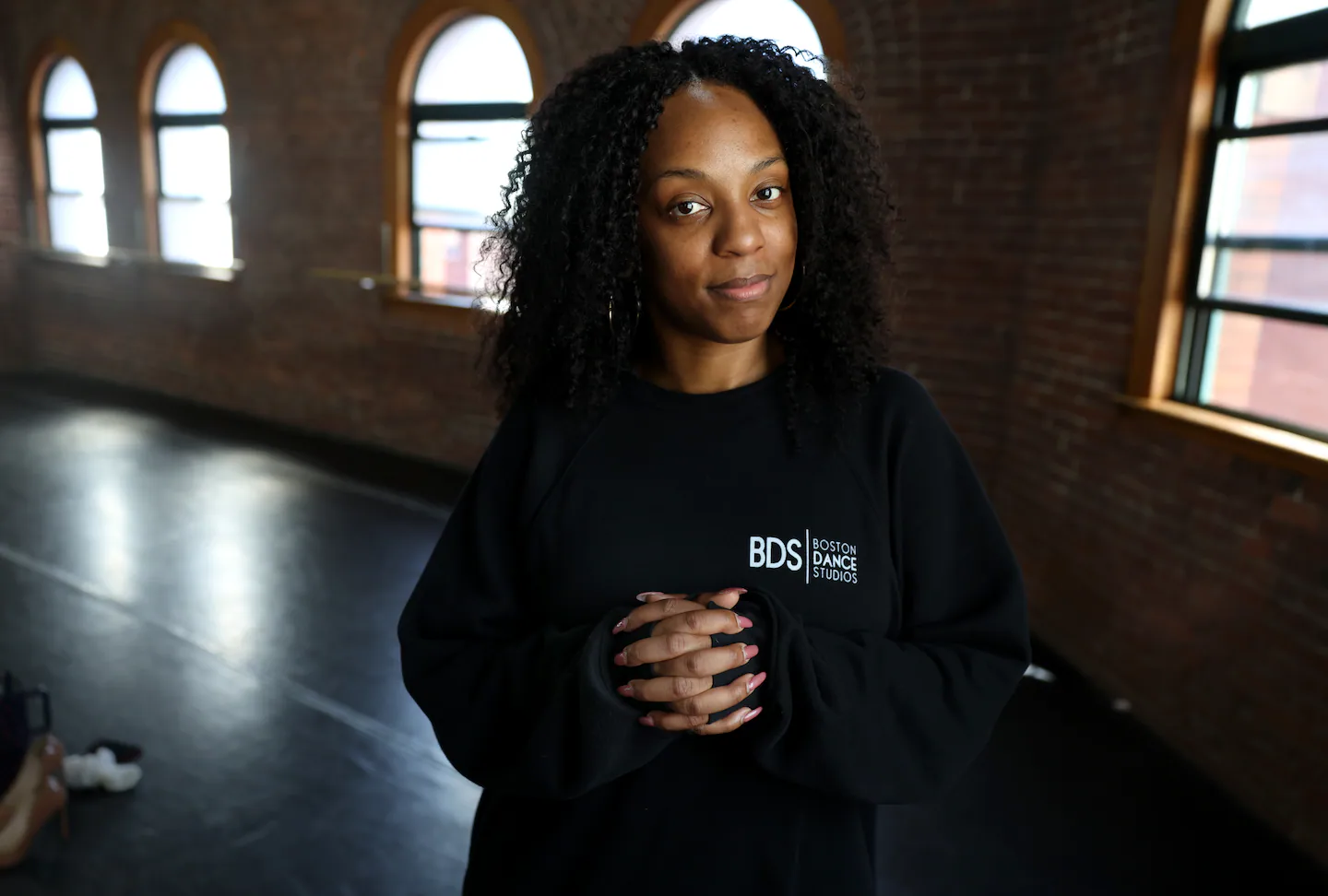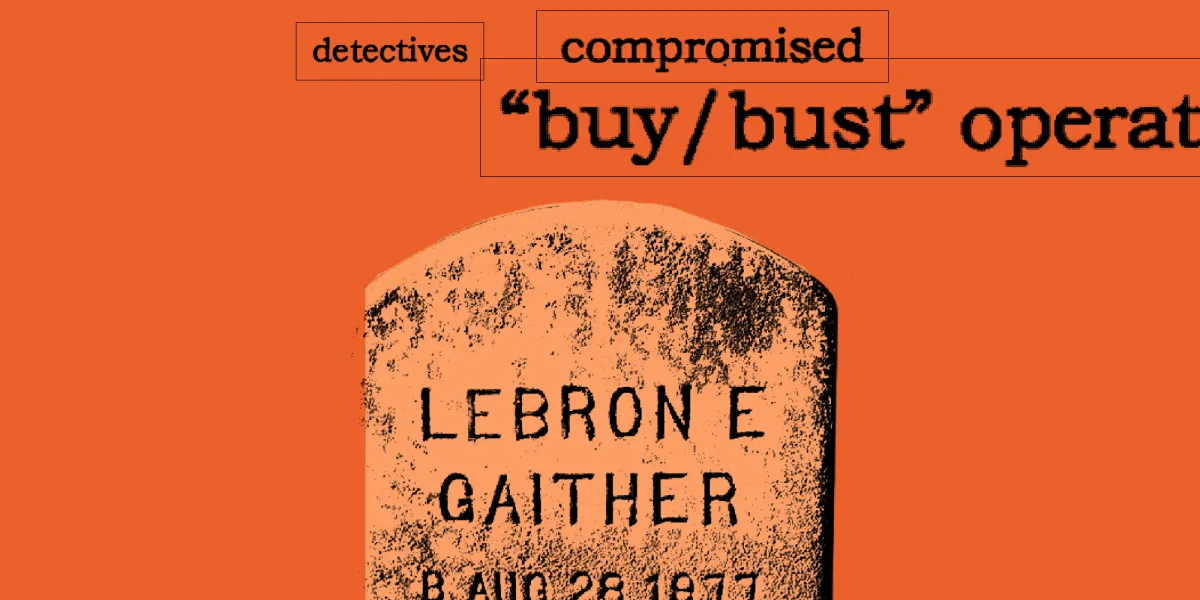Copyright The Boston Globe

“ I can’t live on the edge anymore,” Brown said in a phone interview on Oct. 11 with the Globe. “I do not want to be here again.” Brown was behind on rent and heard from her landlord on Sept. 28 that she had a month to raise the $40,000. After just two days, the studio — which offers classes in everything from beginner hip-hop and intermediate jazz funk to commercial choreography and musical theater dance — had reached half of its goal. Following the Save The Studio Class Series this weekend, the fund-raiser had exceeded its target by $1,500. The far-reaching effects of federal funding changes are part of what’s at play, impacting Boston Dance Studios’ relationship with one of its largest clients, Brown said. Since 2023, some Suffolk University-affiliated dance groups had rented space for weekly classes and rehearsals. But over the summer, the school had a slew of layoffs and budget cuts, which university president Marisa Kelly blamed partially on actions by the Trump administration that slowed international student enrollment. Suffolk informed Brown this summer that due to budget constraints, their partnership would not continue. “Our contract with [Suffolk] was growing larger and larger every year,” Brown said. “You’re talking about more than two months of rent that that contract would cover.” Suffolk spokesperson Greg Gatlin wrote in an emailed statement to the Globe that the university was now able to provide on-campus rehearsal space for these groups, “which we feel is a better use of our resources.” “As every college and university is doing in this environment, we want to make sure we are making smart financial decisions that support our student body overall as well as essential long-term initiatives,” Gatlin wrote. Brown expressed concern for the student dancers, some of whom have told her they’re rehearsing in spaces not designed for dance, she said. “You need a very specific flooring or you risk injury,” Brown said. Gatlin confirmed in an email that Suffolk, which doesn’t offer a dance major, does not have “dedicated dance studios on campus. Our dance clubs are using various spaces ... including some larger student activities and residence hall spaces.” He said the university is “working to improve those spaces and make them more suitable” for everyone that uses them. In general, rising rent is another stress factor for many businesses and residents in Boston. While Brown is open to exploring cheaper space elsewhere, features like shock-absorbing floors, mirrors, and adequate room for dancing are hard to come by, and spaces without those features are expensive to renovate. “You can make almost anything a gallery,” she said. “If I’m a musician, there are many spaces I could rehearse in. But for dancers, there are very specific requirements.” Brown’s studio is not the only one to encounter these obstacles. At Urbanity, a nonprofit dance company and school that’s been rooted in the South End since 2011, director Betsi Graves said the organization has dealt with multiple blows since the pandemic. Most recently, Urbanity, like many arts groups, lost federal funding it had counted on through the National Endowment for the Arts. “ Right before the pandemic, we could offer so many paid jobs for artists in Boston,” Graves said. “It’s a really different feeling to then be counting pennies and saying, hey, can we cover rent again this month?” In the past year, Urbanity has held two fund-raisers — one of which is ongoing — and needed to bring in a co-tenant, Afrobeats Dance Boston, to cover a portion of the rent. The bulk of support has come from community donors, Graves said — even young students gifting their allowance money. “When there might be a question of whether or not a space like that can continue to exist, it can feel like a rally cry,” she added. “It seems like that’s a little bit what’s happening with Boston Dance Studios as well.” But in the current environment, she said, longevity and sustainability feel much more tenuous. “We definitely cannot rest on our laurels or do something that might have worked two years before,” Graves said. “It’s a completely different environment.”



